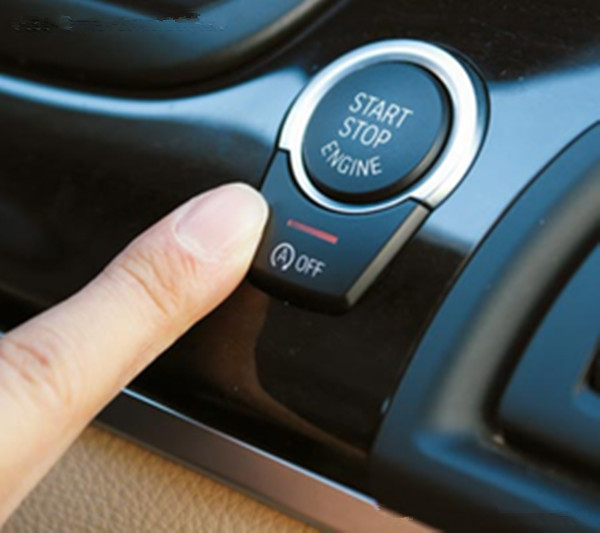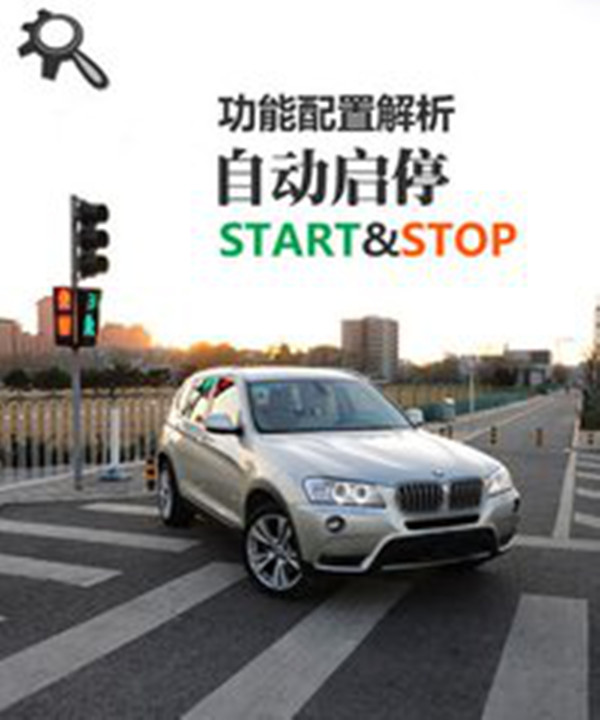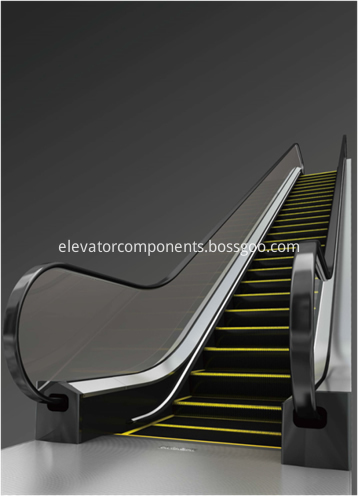The function of auto start and stop has already appeared in the past few years, but the owners use less, because many people think that the automatic start and stop is the frequent start and stop of the engine. What is the automatic start-stop system? What is the difference between starting the engine frequently and manually? What are the shortcomings?

First of all, let's first understand the definition of the automatic start-stop system. The automatic start-stop system (Start & Stop) is abbreviated as STT. When a traffic jam or red light occurs, the engine can be automatically turned off and re-ignited at the start to not only reduce unnecessary fuel consumption, but also reduce exhaust emissions. Why auto owners are rarely using automatic start-stop technology, it is because the opening and closing of auto-start is conditional, can not meet the requirements can not be used, resulting in many owners feel that the start-stop function is difficult to use!

The difference between automatic start and stop and frequent start and stop is that the automatic start and stop directly reduces the idle time of the engine, not only saving fuel, but also conducive to energy saving and emission reduction. For people to say that the start-stop technology will damage the engine, it cannot be said in fact. Because the start-stop function is based on the normal operation of the engine, its impact on the engine is negligible. When it comes to cold cars, start-stop technology does have some damage to the engine.
Disadvantages of the automatic start-stop system: Due to the addition of the automatic start-stop system, the number of stalls/starts of the vehicle will be higher than the number of unassembled cars. Therefore, the requirement for the engine and the storage battery of the automobile is high, and the quality of the automobile oil is also increased, which leads to an increase in the maintenance cost of the automobile.
On the whole, auto start and stop is still more practical for car owners because it is more fuel efficient and reduces fuel consumption. As to why it is used less often, it is probably related to the conditions it uses.
Hitachi Launches New TX Series Escalator for
India, Asia and the Middle East

Tokyo, August 21, 2017 --- Hitachi, Ltd. (TSE: 6501, [Hitachi") and Hitachi Building Systems Co., Ltd. today announced the launch of the new TX Series escalator for India, Asia and the Middle East. The escalator has already been released in China*1, and will be released in stages across the remainder regions, commencing August 21, 2017.
In July 2016, Hitachi integrated its escalator businesses of Japan and China, consolidating its resources and enhancing its business operations in both countries, centered around its key business location in Guangzhou, China. The new TX Series escalator launched by Hitachi is a model that meets multiple standards in China, India, Asia and the Middle East. The model follows the same concept for the machine room-less elevator for Asia and the Middle East which was launched in September 2016. In addition to conforming to Chinese safety and quality standards for escalator equipment, the TX Series will be manufactured in accordance with Hitachi's own strict standards of safety and quality, adhering to safety standards in all other regions. It also adopts a functional design based on the concept of an escalator that fits closely with the unconscious actions of users, in the pursuit of their ease and comfort.
The TX Series offers flexibility with a selection of various product specifications, as well as its excellent design and safety features, designed to cater to a diverse range of customer needs. It also saves space required for the installation, covering a smaller area in comparison with existing products*2.
Hitachi will begin sales of the TX Series in Thailand, followed by launches in the Philippines, Malaysia and various other regions, and aims to receive orders of 10,000 units in 2018 in China, India, Asia and the Middle East.
Features of the TX Series
-
Safety
The TX Series offers various new safety features designed with optimal user safety in mind. The side portions of the steps are 8 mm higher than the central portion to prevent accidents in which a users' shoe can become caught between the step and the skirt (side wall) of the escalator. The new TX series has also been fitted with brushes located at foot level on the left and right skirts to let users know if their foot comes into contact with the side walls. A special finish has also been adopted for the landing plates at the entry and exit points of the escalator to prevent users from slipping when getting on and off the escalator. -
Design
The TX Series adopts a simple and functional design that offers the smoothness, safety and comfort that users unconsciously expect to experience when riding an escalator. For example, by minimizing the size of the metal frame supporting the escalator's balustrades, the TX Series' design maximizes the size of the glass surfaces, and achieves greater simplicity at the entrance and exit points (landings) by reducing the number of recesses and protrusions around the hand rail. Additionally, by expanding the installation space of the light fixture, the TX Series also enables enhanced lighting options for illuminating the entire surroundings of the balustrades. -
Space saving
By shortening the span dimensions*3 by 150 mm, the TX Series has made it possible to install escalators in more confined spaces where installation presents difficulties with conventional product designs.
*2 The made-in-China escalator, [SX series," which is previous model of [TX series."
*3 The span between the beam on upper floor and that on the lower floor of the escalator when the escalator is installed.
Hitachi Escalator Spare Parts,Hitachi Escalator Parts,Hitachi Driven Wheel,Hitachi Step Rollers
CEP Elevator Products ( China ) Co., Ltd. , https://www.elevatorcomponent.nl
